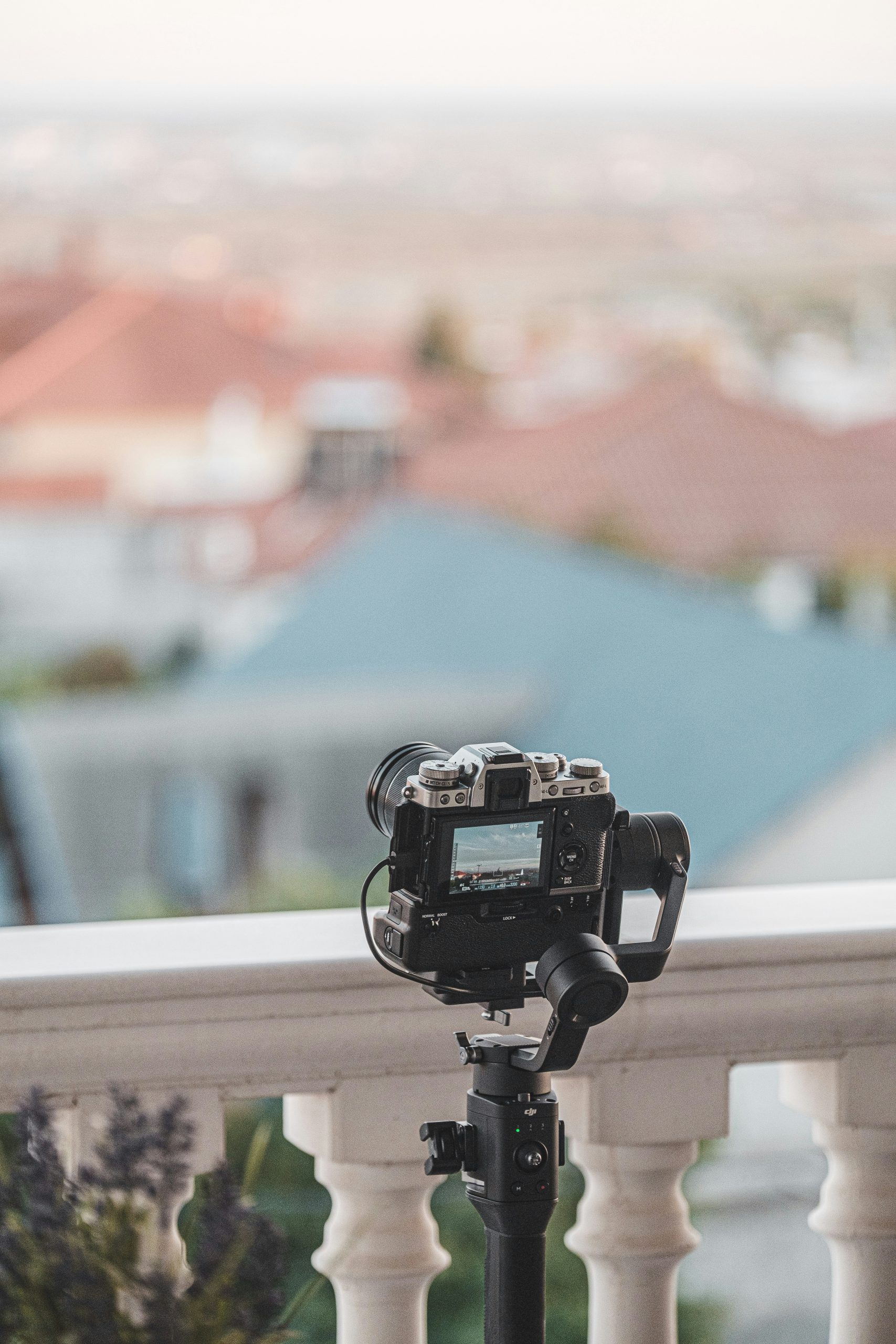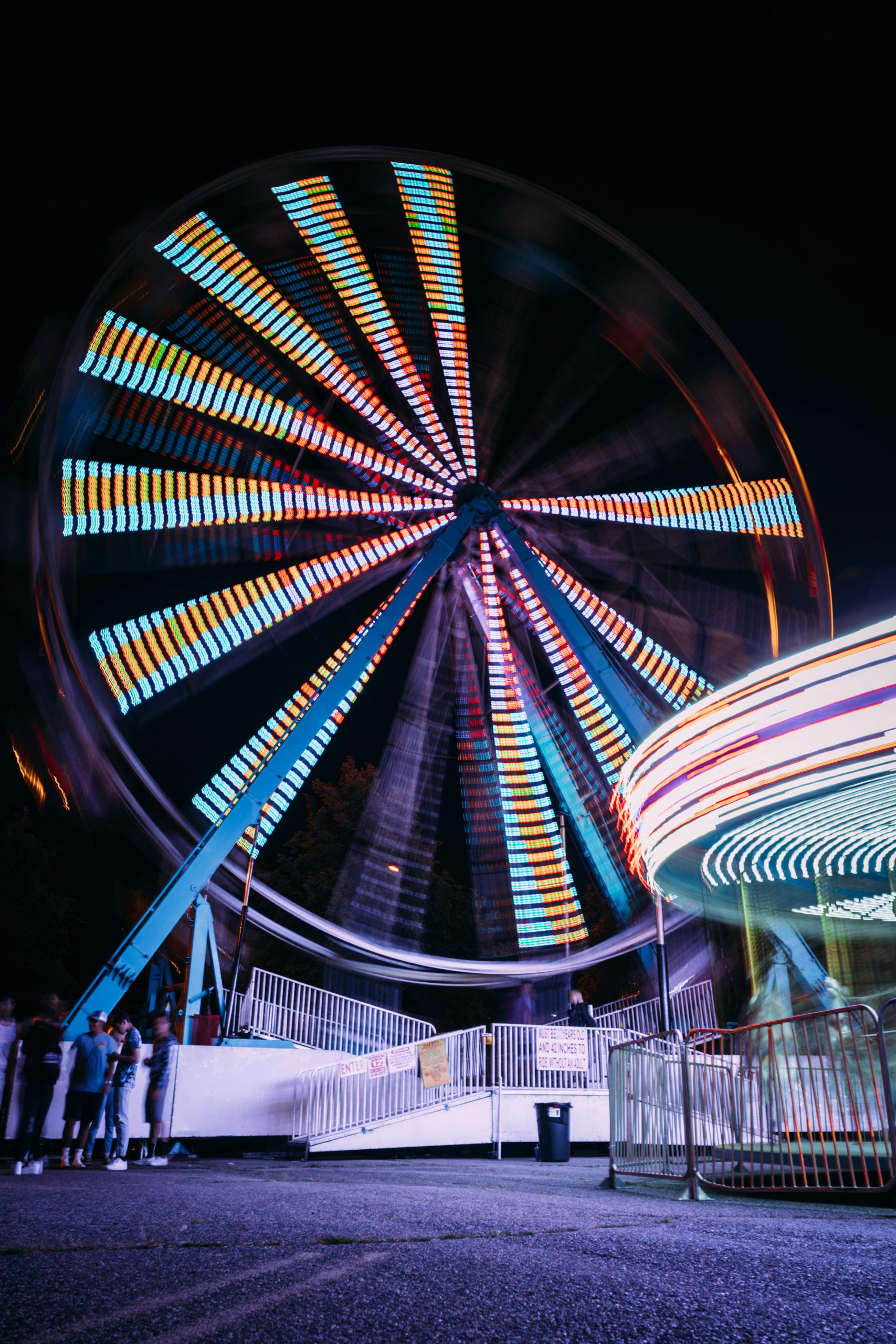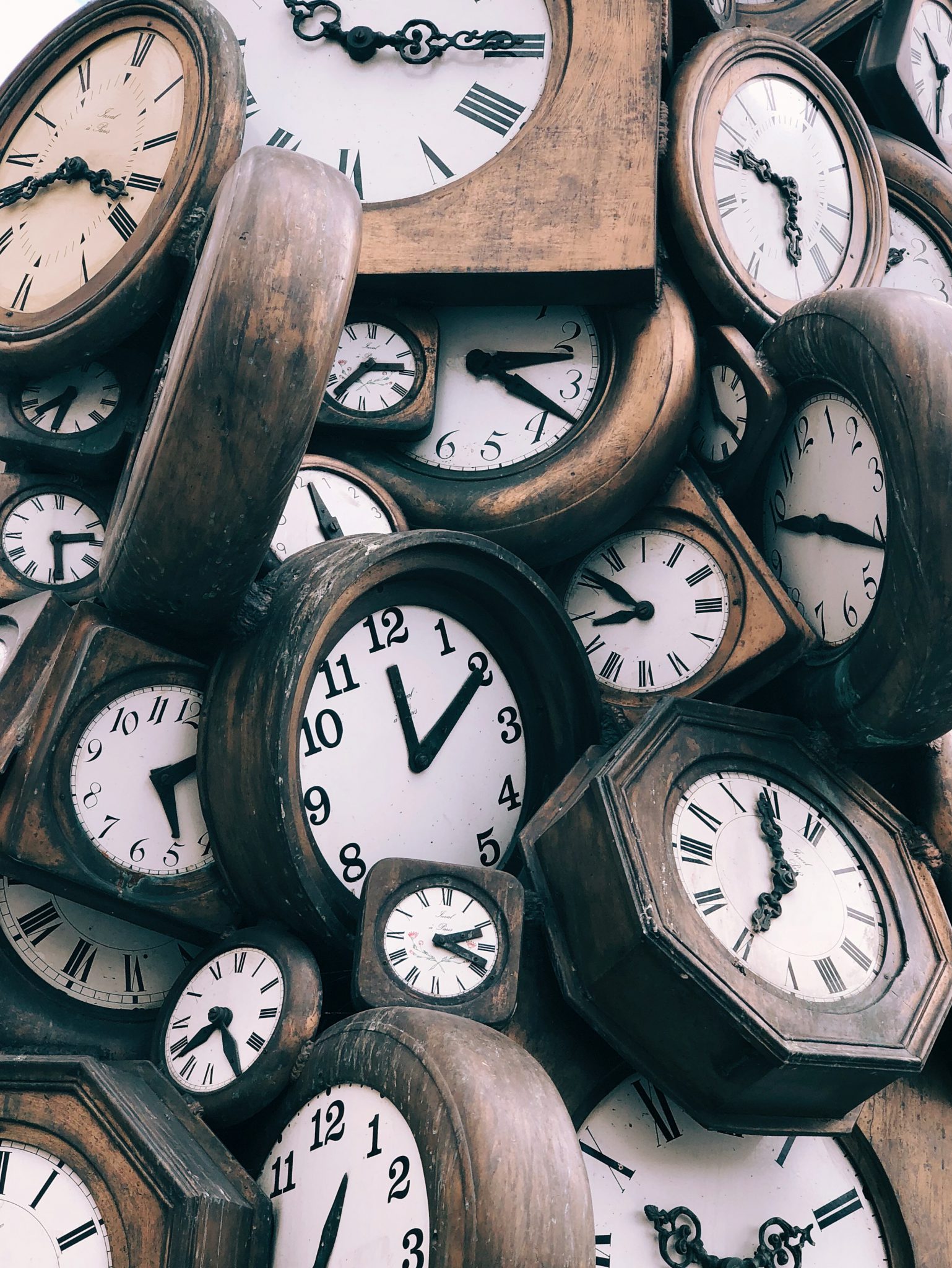HYPERLAPSE AND TIME-LAPSE:
The Art of Capturing Time in Videos
In the fast-paced world of videography, capturing time in a unique and creative way has become a popular trend. Hyperlapse and time-lapse videos allow filmmakers and enthusiasts to showcase the beauty of time passing in a mesmerizing and visually stunning manner. Whether you're looking to capture a bustling cityscape, a majestic sunset, or the blooming of a flower, hyperlapse and time-lapse techniques offer endless possibilities for creating captivating videos. In this blog post, we will dive into the world of hyperlapse and time-lapse videography, exploring the techniques, gear, creative ideas, and the future of this art form.
The Magic of Movement
Hyperlapse and time-lapse are two powerful techniques in videography that allow creators to capture the passage of time in visually compelling ways. While both methods involve taking a series of photos at set intervals, they differ in execution and effect. Time-lapse focuses on capturing changes in a single scene over an extended period, creating a sped-up effect when played back. Hyperlapse, on the other hand, adds movement to the camera between shots, resulting in dynamic, sweeping sequences that add a new dimension to the time-lapse technique. These methods can transform ordinary scenes into extraordinary visual narratives.

Dynamic Perspectives
Using Hyperlapse in Urban Environments
As technology advances, the potential for time-lapse and hyperlapse videography continues to grow. Improved camera equipment, such as high-resolution sensors and advanced stabilization tools, make it easier to capture high-quality footage. Software advancements in post-production allow for more sophisticated editing and effects, enhancing the final product. Additionally, the increasing popularity of drones provides new opportunities for aerial hyperlapse and time-lapse, offering breathtaking perspectives that were previously unattainable. As these techniques evolve, they will remain a vital part of the videographer’s toolkit, pushing the boundaries of creative expression and storytelling.

From Sunrise to Sunset

The Evolution of Time-Lapse: From Classic to Hyperlapse
For those new to hyperlapse and time-lapse videography, starting with a few key tips can make the learning process smoother and more enjoyable. Begin by selecting a simple subject and location where changes over time are easily observable, such as a busy street or a sunset. Use a sturdy tripod to ensure stability and consider investing in an intervalometer to automate the shooting process. Pay attention to lighting conditions and adjust your camera settings manually to maintain consistent exposure. Practice patience, as capturing time-lapse and hyperlapse sequences can be time-consuming. Finally, use editing software to refine your footage, applying stabilization and transitions to enhance the final video. With practice and persistence, beginners can quickly develop their skills and create captivating time-lapse and hyperlapse videos.
Understanding Hyperlapse and Time-Lapse Videography
Hyperlapse and time-lapse videography stand as pillars in the realm of video artistry, offering distinct ways to compress and represent the passage of time. Time-lapse is characterized by capturing a series of still frames at regular intervals which, when sequenced together in rapid succession, portray motion or change that occurs slowly over time. This technique can transform hours into seconds, presenting viewers with the accelerated progression of scenes that would otherwise go unnoticed.
Hyperlapse builds upon the foundation laid by time-lapse, introducing camera movement into the equation. This movement between shots adds a dynamic layer to the time-compressed video, producing a fluid and engaging narrative as the viewer is taken on a journey through space and time. The technique creates a sense of immersion, offering a first-person perspective through shifting landscapes or environments.
Both hyperlapse and time-lapse require meticulous planning and execution. The interval between shots, the trajectory of camera movement, and the stability of each frame are critical factors that contribute to the overall effect. While time-lapse can often be captured from a fixed position, hyperlapse demands a more hands-on approach to move the camera smoothly and consistently over a predetermined path. Together, these techniques open up a world of creative possibilities, allowing videographers to craft stories that encapsulate the essence of time in an extraordinary visual format.
The Gear You Need for Hyperlapse and Time-Lapse
Embarking on the journey of hyperlapse and time-lapse videography requires not just creativity, but also the right tools. A fundamental piece of equipment is a durable tripod or stabilizer, which ensures your camera remains fixed and your footage smooth, avoiding any unwanted shakes or blurs. Choosing a camera that allows for manual control over its settings is crucial, as this enables the adjustment of exposure, focus, and aperture according to the specific demands of your scene. For those delving into time-lapse, an intervalometer becomes indispensable. This device or in-built camera function automates the capture process, taking images at consistent intervals without the need for manual input, thereby streamlining the creation of your time-lapse sequence. While these are the basics, remember that the right gear enhances your ability to tell compelling stories through the lens, capturing the essence of time in a way that resonates with viewers.
Setting the Scene: Choosing Your Subject and Location
Selecting the ideal subject and location lays the foundation for a mesmerizing hyperlapse or time-lapse video. The motion inherent to your chosen scene significantly influences the visual impact of your final piece. Urban environments bustling with people, cars, and the neon glow of signs offer a kinetic backdrop ripe for hyperlapse exploration. Conversely, natural settings bring a different energy, with the slow dance of clouds, the rhythmic ebb and flow of tides, or the gradual shift from dawn to dusk providing a captivating stage for time-lapse sequences.
Light plays a pivotal role in setting the tone and atmosphere of your video. The golden hours of sunrise and sunset bathe your scene in a warm, ethereal light, ideal for highlighting transitions in your time-lapse. The constant change in light levels during these times also adds dramatic effect to hyperlapses, emphasizing the passage of time.
Experimentation is key in finding the perfect angle and perspective. An elevated viewpoint can offer a comprehensive overview of a bustling cityscape, while a ground-level perspective can immerse the viewer in the scene, making them feel part of the environment you’re capturing. The choice of subject and location, paired with the right lighting and perspective, invites viewers into the story you’re telling, making the invisible visible and transforming the mundane into the magnificent.
Mastering the Techniques: Tips for Shooting Hyperlapse and Time-Lapse
For those venturing into the realm of hyperlapse and time-lapse videography, mastering a few key techniques can elevate your work from good to extraordinary. A paramount tip for hyperlapse aficionados is ensuring consistent movement between shots. Employing markers on the ground as reference points can greatly aid in maintaining a uniform distance and direction. This method helps in achieving the smooth, flowing effect that makes hyperlapse videos so captivating.
In the time-lapse arena, controlling the interval between shots is crucial. This decision should be informed by the speed of the subject’s movement within your scene. For rapidly changing environments, shorter intervals capture the swift progression, while longer intervals suit slower changes, such as a flower blooming or clouds drifting.
Irrespective of the technique, using manual settings on your camera is essential. Automatic settings can result in varying exposures across frames, disrupting the continuity of your sequence. Lock in your focus, aperture, and shutter speed to ensure consistency. Additionally, embracing the use of ND filters can be a game-changer, especially in bright conditions, allowing for longer exposures that add a silky smooth quality to moving elements like water or traffic.
While shooting, monitor your composition closely. A compelling time-lapse or hyperlapse doesn’t just document time passing but does so through a visually engaging frame that draws the viewer in. Attention to detail in these aspects can transform a simple sequence into a powerful visual narrative.
Post-Production Magic: Editing Your Time-Lapse and Hyperlapse Videos
The magic truly begins in post-production, where your raw hyperlapse and time-lapse footage transforms into a polished visual narrative. With the right editing software, you can stitch your sequence of images or video clips together, creating a cohesive flow that encapsulates the passage of time. Adjustments to the frame rate can speed up or slow down the perceived movement, tailoring the pace to match the mood you’re aiming to convey. Adding a carefully selected soundtrack or sound effects can further elevate the emotional impact, immersing your audience in the scene.
Color grading plays a pivotal role in defining the aesthetic of your video. Whether you opt for vibrant hues to highlight a sunset or a more muted palette for an urban scene, these adjustments can dramatically affect the viewer’s perception and engagement. Additionally, applying effects like zooms or pans in post-production can introduce dynamic elements to static shots, adding an extra layer of interest.
In navigating through the post-production phase, the aim is to refine and enhance your footage, ensuring each second tells a part of your story, drawing viewers into the world you’ve captured through your lens.
Creative Ideas and Inspiration for Your Next Project
Unleash your creative potential by venturing into new terrains and perspectives with your next hyperlapse or time-lapse video. Picture the lively energy of a crowded market, with its rapid transactions and colorful stalls, through a day-to-night transition that captures the essence of local life. Imagine the serene progress of a shadow across a historic building’s facade, revealing the subtle changes in architecture and light. For a touch of the natural world, document the life cycle of a plant, from seedling to full bloom, offering a window into the slow, yet constant, rhythms of nature. Delve into the abstract by focusing on the interplay of light and shadow in urban settings or the mesmerizing movements of stars across the night sky. Each project represents a unique opportunity to experiment with framing, lighting, and movement, challenging you to think outside the box and craft a story that resonates on a deeper level with your audience. Let these ideas spark your imagination and guide you towards creating a piece that not only showcases the passage of time but does so in a way that is both innovative and profoundly captivating.
The Future of Time-Lapse and Hyperlapse Videography
The horizon for hyperlapse and time-lapse videography is expanding at an unprecedented rate. Innovations in drone technology and motion control systems are opening new vistas for capturing breathtaking aerial views and intricate movements with ease, offering videographers the ability to produce footage that was once deemed impossible. Additionally, the integration of AI and machine learning into editing software is revolutionizing post-production processes, enabling automatic stabilization, sequence assembly, and even the enhancement of image quality, thus reducing the time and effort required to create stunning videos. Emerging trends such as virtual reality (VR) and augmented reality (AR) are also starting to influence time-lapse and hyperlapse formats, promising immersive experiences that allow viewers to navigate through time-lapsed environments as if they were physically present. As these technologies become more accessible, they will undoubtedly fuel a new wave of creativity and storytelling in time-lapse and hyperlapse videography, propelling this art form to new heights and captivating audiences worldwide with the ever-evolving beauty of time captured in motion.
Timeless Beauty
Hyperlapse and time-lapse videography offer unique ways to capture the passage of time, transforming ordinary scenes into extraordinary visual narratives. By mastering the technical aspects, experimenting with creative applications, and utilizing advanced equipment and software, videographers can produce stunning, dynamic videos. As technology continues to evolve, these techniques will remain essential tools for storytellers, pushing the boundaries of what’s possible in visual storytelling. Whether you're a beginner or an experienced videographer, embracing hyperlapse and time-lapse can elevate your craft and captivate your audience.
